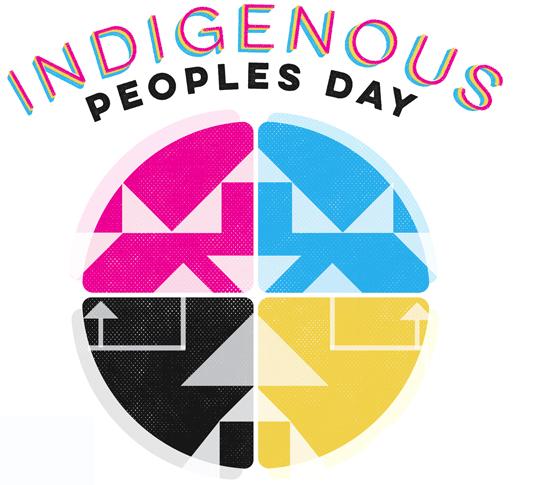An herb rich in healing Power
Renew your Skin
Visibly improve skin elasticity and texture, reducing age-related lines and wrinkles
Soothe and rebalance stressed skin, increasing suppleness and vibrance
Enhance hydration and promote a smoother, radiant appearance
Support the skin’s natural renewal process after environmental exposure

Rich in bioactive triterpenes (asiaticoside, madecassoside, asiatic acid), this concentrated botanical extract of gotu kola and other herbs supports visible skin firmness, promotes a healthy-looking complexion, and helps reduce the appearance of fine lines and signs of environmental stress.
The Evidence-base
A 2021 article in the peer-reviewed journal, Evidence-Based Complementary and Alternative Medicines, evaluated research assessing gotu kola and concluded that it may provide support in skin ailments from acne, wounds and burns, to the most common inflammatory skin disorders*. Further clinical literature supports gotu kola’s role in promoting skin repair, hydration, and visible elasticity improvement.¹ ² Traditional pharmacopoeias (WHO, EMA, USP) recognize Centella asiatica as a safe and effective botanical for maintaining healthy-looking skin.³
Quality and Ethics
As in all of our products, we use the highest quality organic herb, fruit and flower extracts. We source our herbs with incredible care for sustainability and ethics, and prioritize local sources. We also follow ethnobotany and living medical systems — like Western Herbal Medicine — and pair this traditional knowledge with contemporary research and modern evidence-based phytotherapy.
For external use only.
Avoid contact with eyes.
Discontinue use if irritation occurs.
Keep out of reach of children.
Not intended to diagnose, treat, cure, or prevent any disease.
Selected Bibliography
1. Bylka et al. “Centella asiatica in cosmetology.” Advances in Dermatology and Allergology (2013): shown to upregulate type I collagen via TGF-β pathway.
2. Jenwitheesuk et al. “Randomized controlled trial of Centella cream for scar prevention.” J. Cosmet. Dermatol. (2018): improved elasticity and hydration.
3. Kyoung Sik Park, "Pharmacological Effects of Centella asiatica on Skin Diseases: Evidence and Possible Mechanisms", Evidence-Based Complementary and Alternative Medicine, vol. 2021, Article ID 5462633, 8 pages, 2021. https://doi.org/10.1155/2021/5462633
4. WHO Monographs on Selected Medicinal Plants, Vol. 1 (1999); EMA Herbal Assessment Report: Centella asiatica (Herba, 2022) — recognized for maintaining skin integrity and repair.
*These statements have not been evaluated by the FDA. These products are not intended to diagnose, treat, cure or prevent any disease.


















